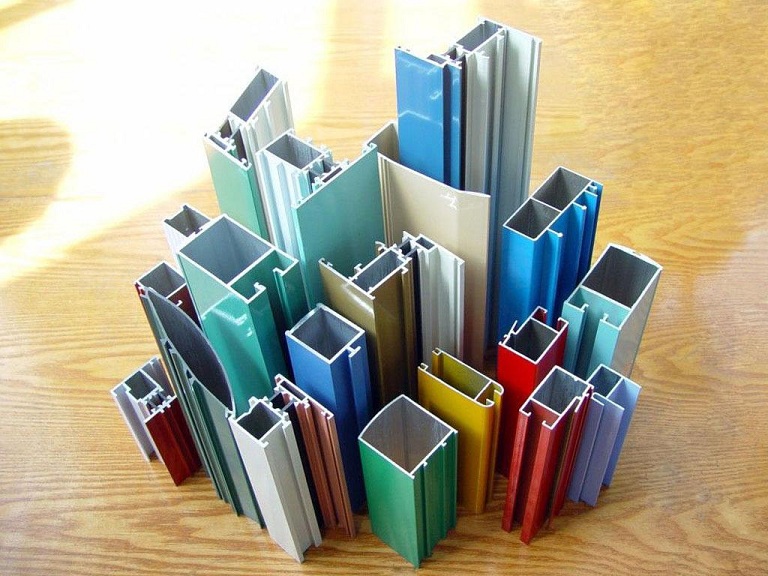Aluminium is no doubt one of the most commonly used materials in the world. It is used in so many industries for so many different applications as to create products that are an integral part of our everyday lives. Most people who work with metals already know that the process of aluminium fabrication if of utmost importance to so many manufacturers in various industries and it has much more applications and uses compared to the fabrication of other metals. It is also fabricated in so many different ways to produce all different things. Below we will be going over three important steps in the aluminium fabrication process that you should know about in order to understand the process completely.

Extrusion
This is an important step in the fabrication process as it puts less stress on the material compared to other methods. Other fabrication methods may leave you with a brittle finished product, whereas this method helps keep aluminium strong. To go a little more in depth it all starts with the design which is where the extrusion takes shape. It involves preheating the aluminium under a high pressure which is then fed through a die. This is the opening that corresponds to the cross section of the extrusion. Once it has gone through this process it is left to cool, once it has cooled it is then taken to be used.
Cutting & Joining
Aluminium can be cut in many different ways depending on the shape you are trying to achieve. It can be cut using a saw and laser for basic shapes or a water jet to achieve more intricate shapes. The water jet cutting method seems to be preferred by those who work with aluminium simply because there is no heat and that means there is no risk of distorting the metal. The most common way of joining aluminium together is welding. There is a layer of corrosion resistance on aluminium which is caused by the tough oxide layer on the outside. This oxide layer has a higher melting point than the aluminium itself and needs to be removed before welding. Once this has been removed, aluminium has a low melting point so constant care must be taken to not overheat it during the fabrication process.
Deep Drawing
This is a very common fabrication process and it is used to make one of the most common products – cans. The entire process involves using extremely high pressure to push a sheet of soft aluminium through a female draw cavity. This takes many steps and many stages where a lot of lubrication is required to get to the finished result. The most common types of aluminium used in this process are 3003, 5052, and 5005. The reason this is such an important part of the process is because it gives you a seamless product and end result. The process actually curls the aluminium and you are left with something that resembles a cup. This is a process that is used all over the world to give you an everyday item like a can.

